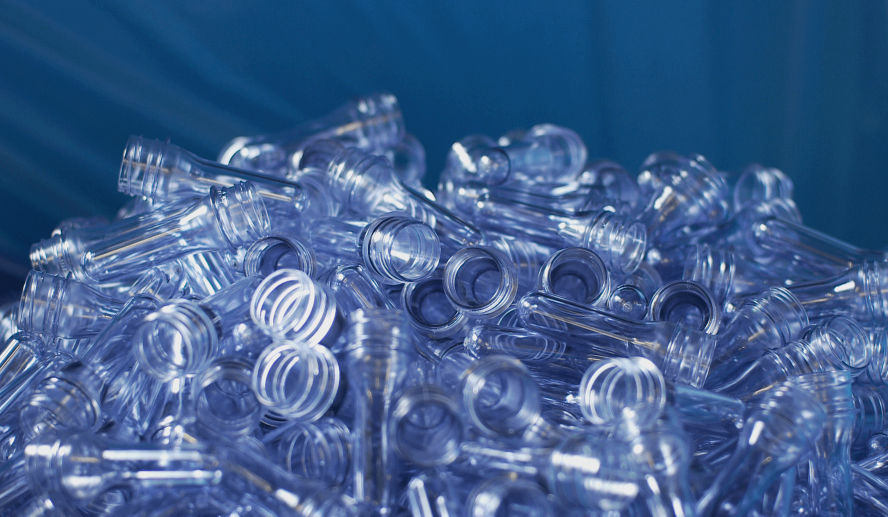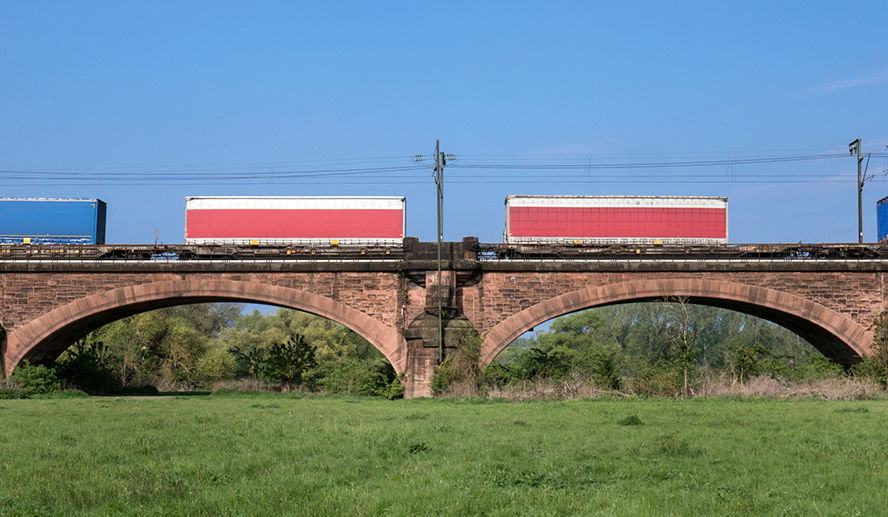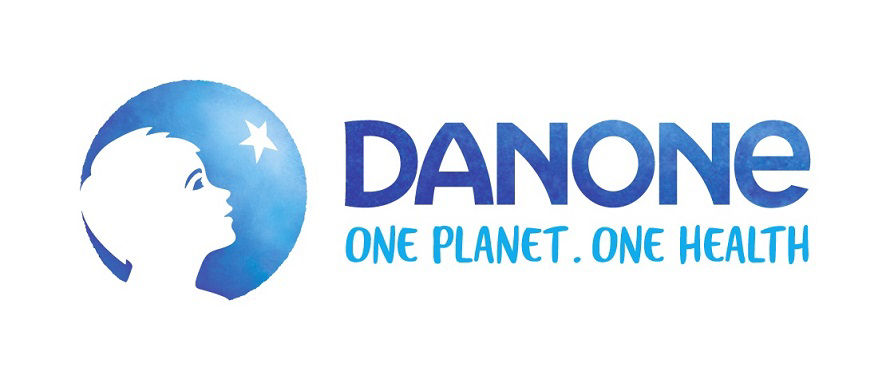
Climate change is a profound, systemic challenge. Not in the future, but right here, right now.
To meet this challenge head on, at Danone, we're aligning with the Science-Based Targets initiative and committing to net-zero emissions by 2050.
Emissions reduction targets validated by the Science-Based Targets initiative
Since 2015 Danone has been on a journey to reduce greenhouse gas emissions associated with our global business and supply chain. In 2022, this commitment was reaffirmed when our 1.5C targets were officially approved by the Science-Based Targets initiative (SBTi). Globally, the 1.5C goal aims to limit global warming to “well below” 2C by the end of the century. As part of this, we were one of the first companies to have a specific target on forest, land and agriculture (FLAG). Find out more here.
These targets apply to Danone globally, but require action from all Danone businesses within individual countries. As a UK & Ireland business, we have built our carbon reduction roadmap to set out how we will deliver decarbonisation, aligned to our 1.5C targets.
What we've been focusing on...
Reducing emissions from our direct operations
In 2010, our team at Danone Wexford set out on a journey to drastically reduce emissions on the site. Over the course of the last decade, carbon emissions have been curbed by improving the energy-efficiency of plant and switching to renewable energy sources. We have also taken steps to improve the waste management of the facility.
- 2012: Installation of a biomass boiler. Biomass heating is a proven technology with low net lifecycle carbon emissions compared to fossil sources of heating like coal, gas or oil.
- 2013: The production site’s spray dryer that helps to convert milk into dry powder for baby formula is powered by the biomass boiler, fueled with sustainable biomass from local wood producers in Ireland.
- 2017: Switched to 100% renewable electricity, sourcing 15 Gigawatt hours of power, the equivalent of 3100 Irish households*.
- 2019: Ahieved ISO 50001 certification, which is proof that we have been using energy as efficiently as we can.
All of these steps have resulted in 10.000 tons less of CO2 emissions compared to the plant’s emissions in 2010. While it has doubled its production volumes since then, there has been a 70% reduction of the production site’s direct carbon footprint.
*Statistics from the Sustainable Energy Authority of Ireland.
Implementing a regenerative agriculture approach
At Danone, agriculture is at the heart of what we do. We are developing regenerative models of agriculture that protect soils, empower farmers and promote animal welfare.
We are activating three major levers of regenerative agriculture to meet our 1.5C FLAG target: zero deforestation and conversion from animal feed supply chains, soil sequestration and reduction of methane emissions from fresh milk. Globally, Danone has made an ambitious commitment to reduce methane emissions from fresh milk by 30% by 2030.

Moving to a circular, low carbon system for packaging
One of our key focus areas for packaging is reducing the amount of virgin fossil-based plastic we use. Our Actimel bottles are now sold without a label, saving 135 tonnes of plastic and 516 tonnes of CO2e a year. All of our water brands (evian, Volvic and Harrogate) have also implemented changes to make their bottles lighter, as well as introducing recycled PET – both actions reduce virgin plastic use and deliver carbon savings.

Transport - Using lower carbon transport alternatives
Some 75% of evian bottles are transported from our factory by train in France to harbours, because trains produce a carbon footprint 10x smaller than trucks.
Volvic has worked with its supply chain to switch to lower carbon transport alternative and improve distance efficiency. In the UK, 78% of Volvic travels from the bottling site to the UK by train, yielding a carbon footprint 7 times lower than that of trucks*.
*Calculation based on ADEME and actual Danone routes
